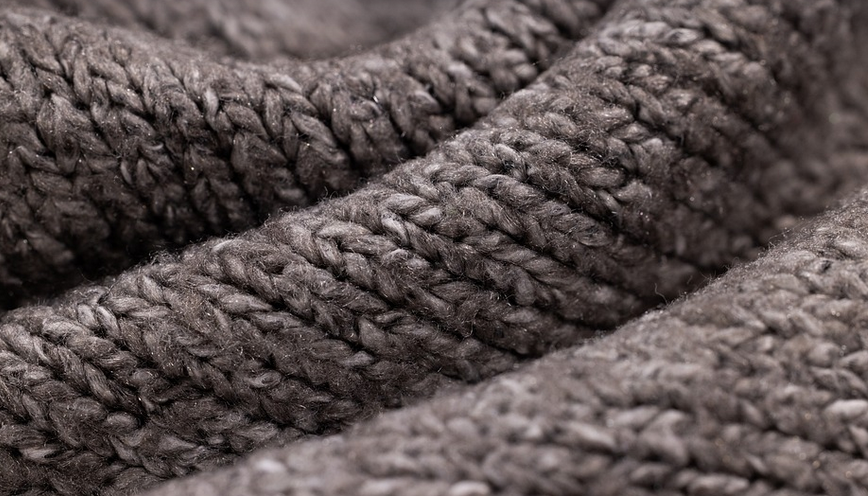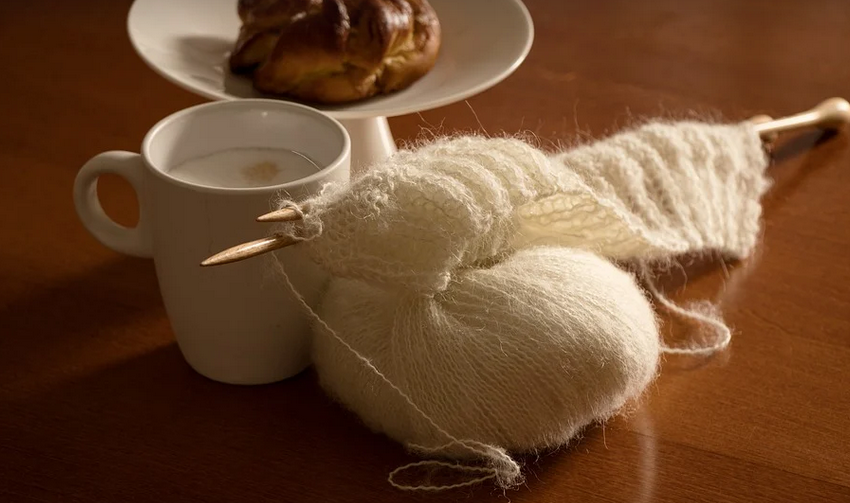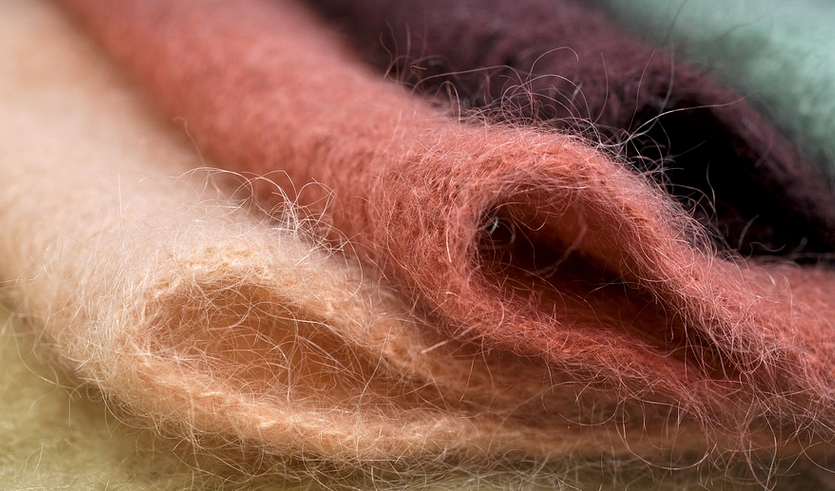
What is Surface Area, Anyway?
Imagine you have a box. It’s sitting there on your desk, looking all sturdy and neat. You might wonder about its size, its volume – but how do we know if it’s actually “big”? We use surface area to answer that question!
Surface area is the total amount of space covered by all the faces of a solid object. It’s like the “outer skin” of the box, or any other 3D object you can imagine. It tells us how much space the object takes up.
But what about those tricky shapes? We need a way to figure out the area of each face and then add them all together. This is where nets come into play!
Picture this – a net is like a blueprint for a 3D object. It lays out the shapes and cuts that make up the solid. Each cut or opening on a net corresponds to an imaginary surface on our actual object!
So, what does a net actually tell us about our surface area? A net gives us all the pieces we need to calculate the total surface area of the solid.
Why do we use nets for this? It’s a whole lot easier! We can start by figuring out the area of each “face,” like squares, rectangles, or triangles. Then, we add up all those areas to find the final surface area of your 3D object.
But wait, there’s more! Nets help us discover how much space a solid takes up in the world around us. Think about building a house – we need to know how much wall, roof and floor are needed to make it sturdy. Nets can help us with all those calculations.
Now, let’s dive into some examples!
Let’s Get Practical: Using Nets for Surface Area
Think of a cube. It has six equal faces, right? What’s the surface area of each face? You might wonder how to figure that out! Here comes the magic of nets – we can use them as templates to find all the areas.
Let’s say you have a cube with sides of 4 cm long. Each face is like a square, so we know it has an area of side *side = 4cm * 4cm = 16 cm². That’s the total area for one face! Now, to find the surface area, we simply add up the areas of all the faces.
For this cube, the total surface area is 6 * 16 cm² = 96 cm². So, a cube with sides of 4cm has a total surface area of 96 cm²!
But what about other shapes like cylinders and cones? How do we figure out their surface areas using nets?
Keep in mind that the shape of a net can help us understand what’s going on. It’s kind of like how a blueprint helps us build!
To find the surface area of a cylinder, for example, you use the formula 2πr*h
The cylinder has two circular faces and a curved top and bottom – we need to find the area of each face. Then add those areas together!
Using nets to compute surface area allows us to see how these shapes work!
Tips for Success: Mastering Surface Area with Nets
Working with nets can be fun and engaging, but there are some steps you can take to make it easy. Here’s a quick guide to help you:
First, **identify the type of solid.** A cube is easy – all faces are squares! But a cone or cylinder requires more attention.
Second, **draw your net.** Sometimes a simple drawing will do the trick – but sometimes you might want a detailed version for your class project. You can even use paper and ruler to create your own!
Third, **label all your faces.** This is like labeling the pages of your book – it helps you keep track of what each face represents.
Fourth, **calculate the area of individual faces.** For a cube, this is easy (area = side * side). For other shapes, there are more formula to learn!
Fifth, **add all the areas together.** This helps you find the total surface area.
Ready for some extra practice? Try these problems!
Try Out Some Problems
Let’s dive deeper into understanding how nets help us calculate the surface area of solids with this set of practice problems! Remember to draw your own nets and label everything!
Here’s a sample problem:
A rectangular prism has a length of 5 cm, a width of 3 cm, and a height of 4 cm. What is the total surface area of this rectangular prism?
Try working through this and then answer!
Conclusion: Nets for Surface Area
Using nets to find surface area opens up a whole new world in geometry! It’s like having your own blueprint to 3D objects. With practice, you’ll master the technique and see how easy it is to unlock the mysteries of the solid world!





